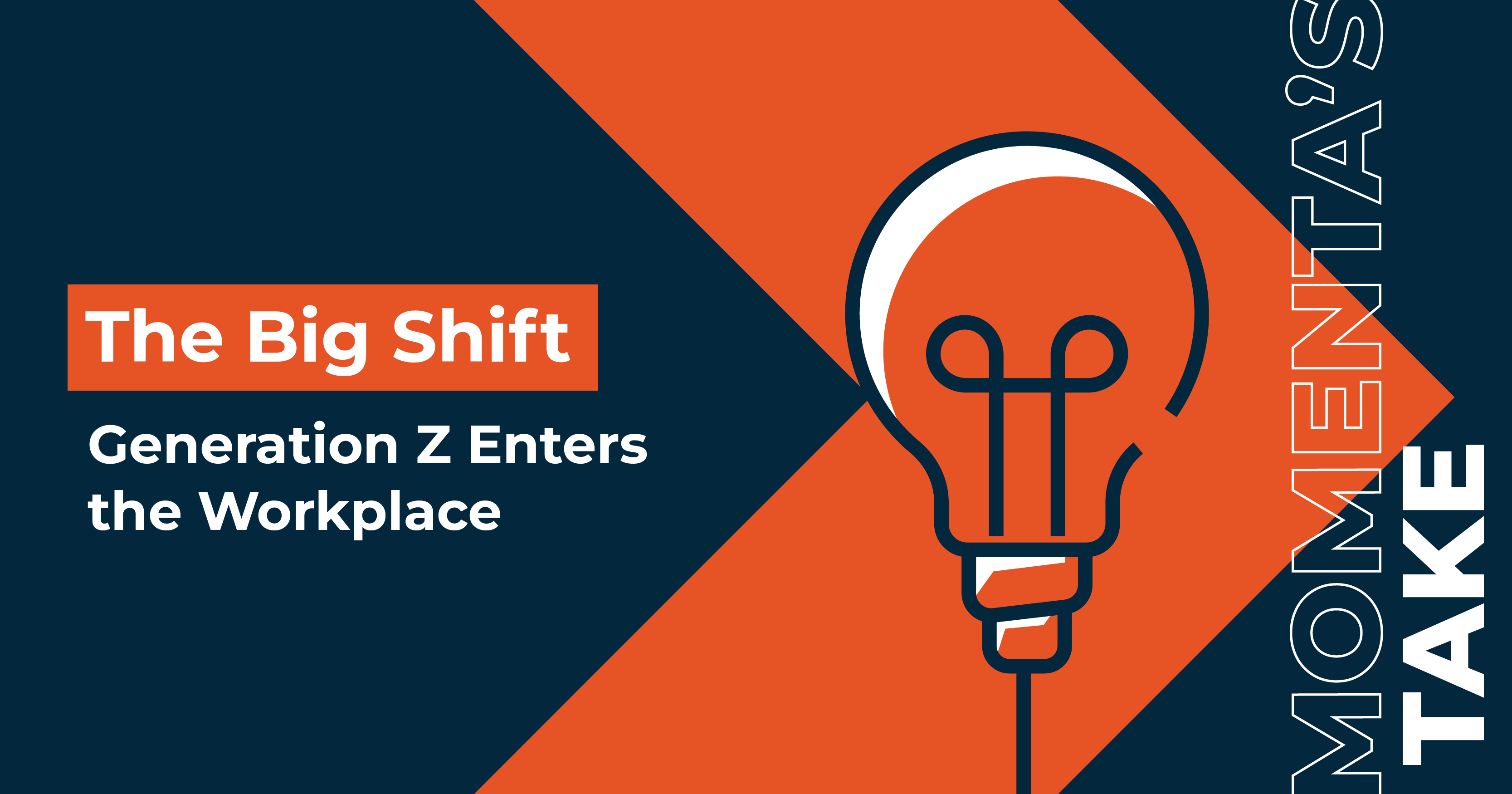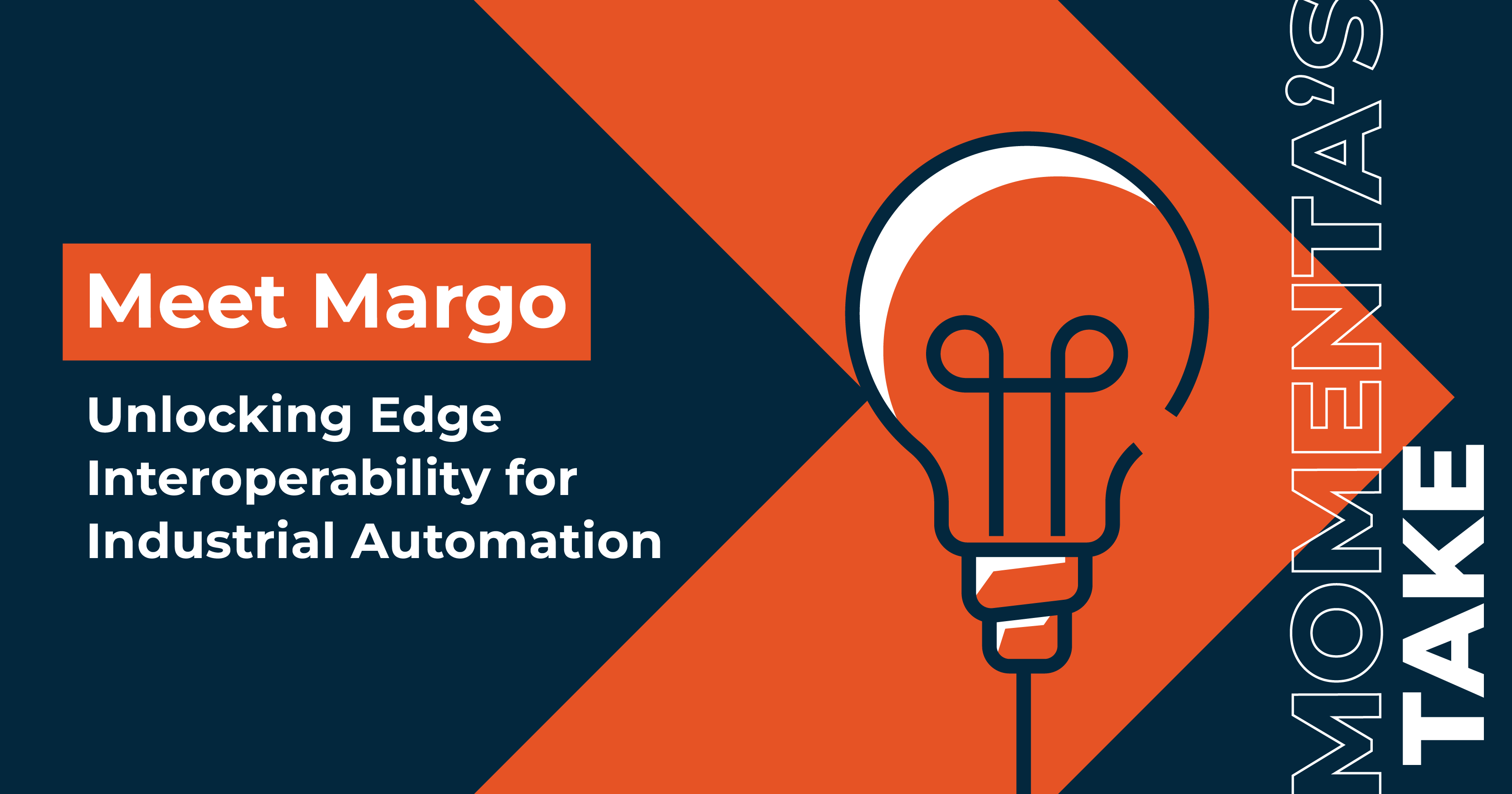Momenta's Take: Smart Agriculture
Ed Maguire
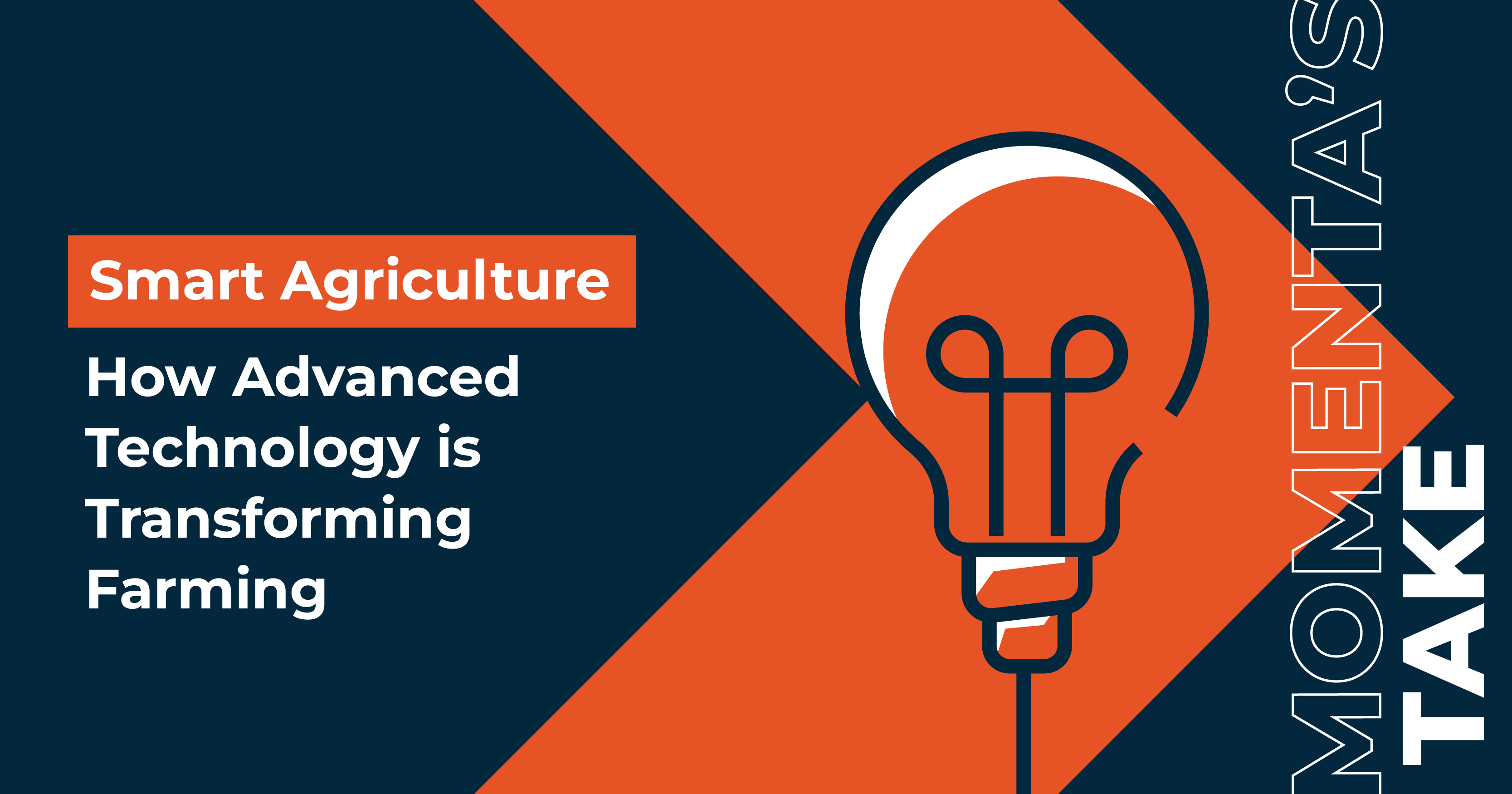
Smart Agriculture – How Advanced Technology is Transforming Farming
The Challenges of Feeding a Hungry World
The global population is growing, expected to reach 9 billion by 2050, and everyone will need to eat. The challenges of producing enough food for a global population with rising expectations, incomes, and living standards are poised to strain existing resources.
The UN estimates farmers will need to produce at least 50% more food by 2050 – if current trends continue, demand for water will exceed supply by 40% in 2030. Farmers increasingly turn to technology to increase yields, reduce loss from pests and disease, and optimize the use of resources, including fertilizer and water, to produce more food while meeting the constraints of limited resources.
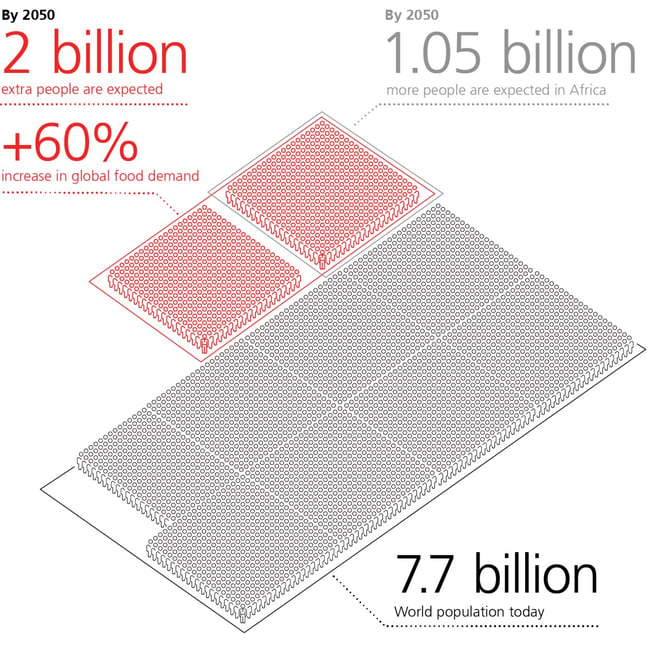
Source: UBS
Smart Agriculture Offers Promising Growth Opportunities
According to GrandView Research, the global smart agriculture market size was valued at $22.65bn in 2023, expected to grow at a 13.7% CAGR from 2024 to 2030. According to Statista, the global market size of smart agriculture is expected to grow to approximately $33bn by 2027. According to research by McKinsey, the agriculture industry could contribute up to $500bn in additional value to global GDP by 2030 if connectivity is implemented successfully. This would amount to a 7-9% improvement from its expected total and alleviate much of the present pressure on farmers.
Forecast market value of smart farming worldwide in 2021 to 2027(in billion U.S. dollars)
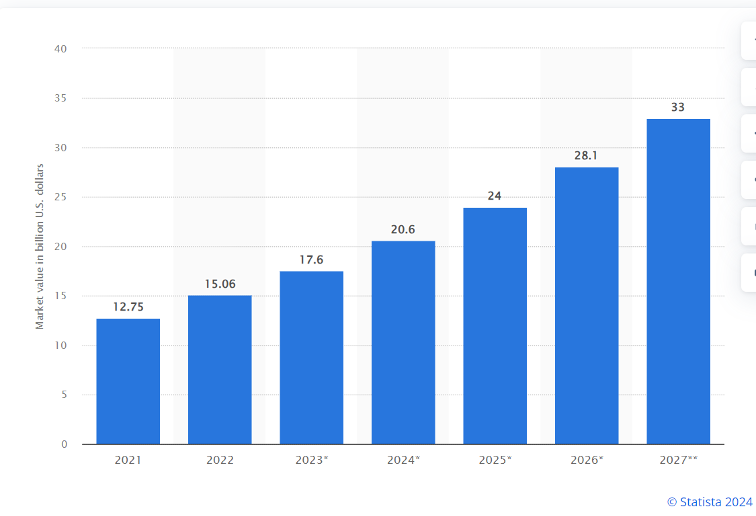
How Agriculture Uses Technology to Get Smarter
Food producers are leveraging technology in several ways, including Precision Farming, IoT-based monitoring, Aerial Image Analysis, and Big Data Analytics.
- Precision agriculture uses technology to optimize crop yields and minimize waste. Precision farming relies on data-driven decision-making. Farmers collect data on soil properties, weather conditions, crop health, and other variables using various sensors and imaging technologies. Farmers can make better-informed decisions about planting, irrigation, fertilization, and pest control by analyzing the data. For example, by precisely mapping soil characteristics, farmers can adjust fertilization strategies to optimize nutrient levels, thereby reducing costs and environmental impact.
- Internet of Things technologies, including sensors and low-power communications protocols, help farmers remotely monitor their fields and equipment. IoT sensors can track soil moisture levels, temperature, humidity, and even plant health in real time. This data allows farmers to detect issues early, such as drought stress or pest infestations, and take timely action to mitigate them. IoT-connected machinery and equipment can optimize farming operations. For instance, tractors equipped with GPS technology can precisely plant seeds, apply fertilizers, and perform other tasks with minimal overlap, saving time, fuel, and resources.
- Drones and satellites equipped with high-resolution cameras and multispectral sensors are increasingly used for aerial imaging and monitoring. Drones can capture detailed imagery of entire fields, providing valuable insights into crop health and growth patterns. Satellite imagery can cover larger areas and provide data on regional trends and environmental changes. Analyzing this imagery can help food producers identify areas of concern, assess crop health, and optimize resource allocation.
- Big Data and Artificial Intelligence are critical for transforming raw agricultural data into actionable insights. Machine learning algorithms can analyze vast datasets, identifying patterns and correlations that human analysts might miss. This enables predictive analytics, helping farmers anticipate crop diseases, yield fluctuations, and market trends. AI-powered decision support systems can provide personalized recommendations to farmers, identifying optimal planting times, irrigation schedules, and crop rotations based on historical data and real-time conditions.
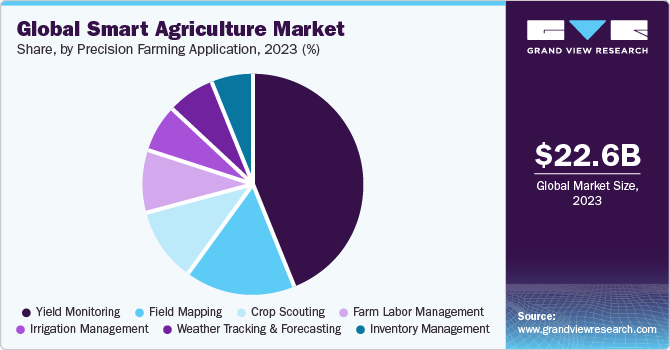
Bringing It All Together
At Momenta, we believe that smart agriculture holds the potential to revolutionize farming practices, making them more efficient, sustainable, and resilient in the face of evolving challenges such as rising labor costs, population growth, limited resources, and the need to reduce environmental impact and energy consumption. Food producers can maximize yields while minimizing their environmental footprint by harnessing the power of precision farming, IoT sensors, drones, satellites, and artificial intelligence. One of our portfolio companies, Agtonomy, specializes in advanced autonomous and AI solutions for agriculture.
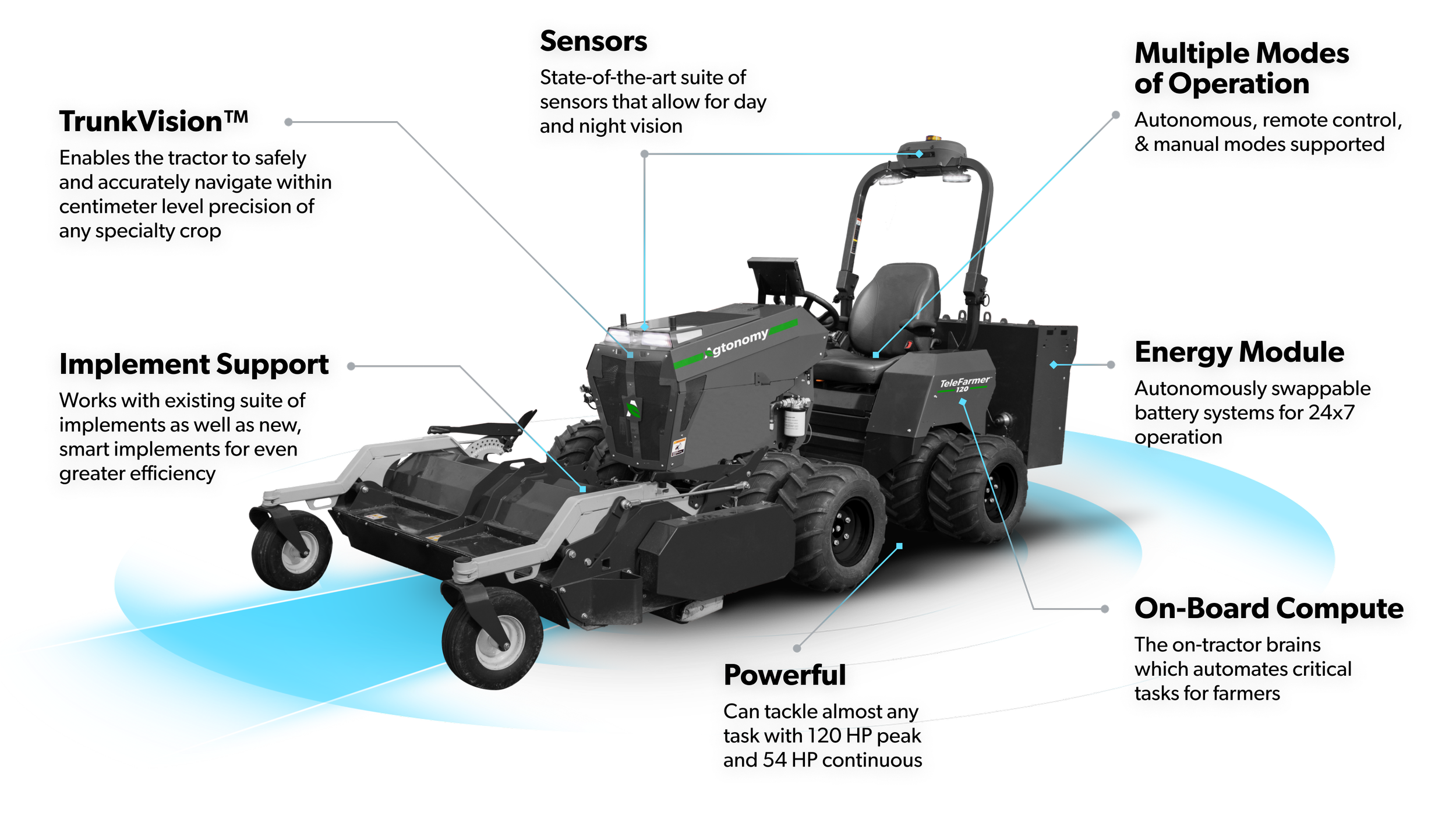
Source: Agtonomy
Agtonomy’s Telefarmer solution combines software, sensors, and AI, enabling autonomous operation of field equipment, up-to-date analytics, and monitoring that enable food producers to maximize yield, reduce labor costs, and deliver cost efficiencies. A partnership with Doosan Bobcat has resulted in the launch of collaborative solutions, the battery-powered AT450X that combines Bobcat’s articulating tractor with Agtonomy’s software and embedded-computing technology to support emissions-free and autonomous operation, thus allowing farmers to automate labor- and time-intensive tasks.

Momenta is the leading Industrial Impact venture capital firm, accelerating digital innovators across energy, manufacturing, smart spaces, and supply chain. For over a decade, our team of deep industry operators has helped scale industry leaders and innovators to improve critical industries, the environment, and people's quality of life.

